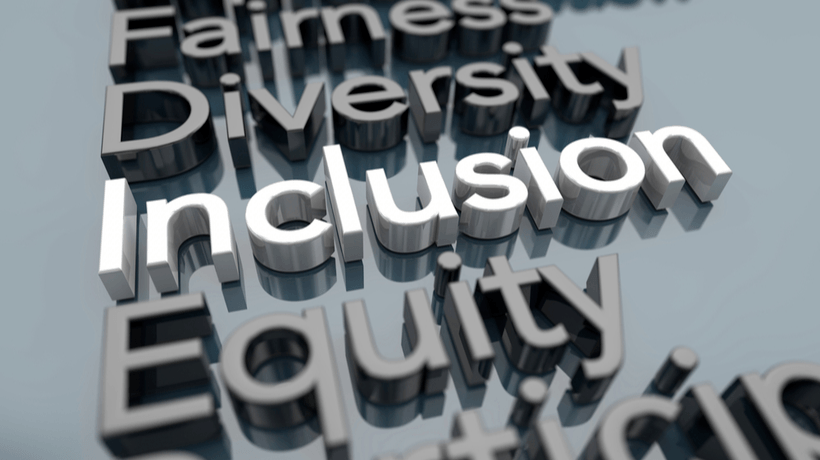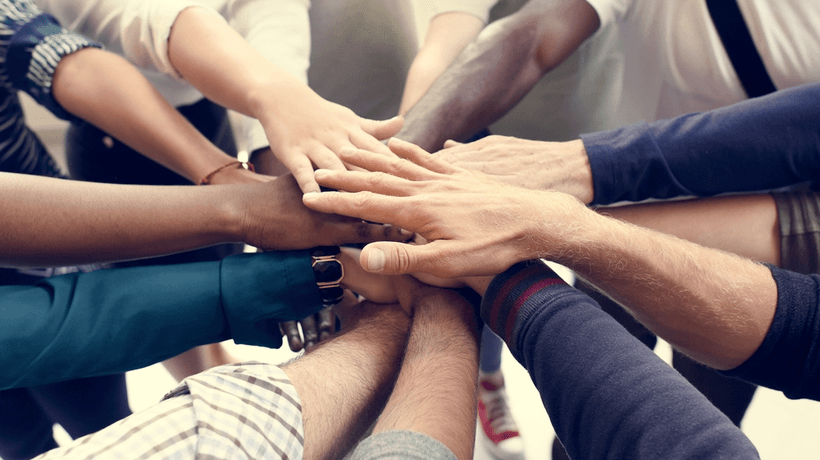How Can Organizations Help Support DEI Initiatives?
Some argue business leaders and companies should not leave everything to governments. For example, businesses can influence economic justice through their actions and policies in the workplace. Three experts on the intersection of leadership, communication and diversity, equity, and inclusion (DEI) offer advice about approaching the difficult yet critically important work of improving DEI.
Dr. Shenna Howard, Associate Professor, Masters In Business Communication (Online), Rider University
Economics and race are inextricably linked. BIPOC are disproportionately poor, underpaid, and devalued in the workplace. Closing the wage gap at organizations swiftly and immediately is a step leadership can take to support DEI initiatives and BIPOC employees. Is there anything more powerful at this moment than income equality? We talk about income inequality, but that exists only because people in charge and leaders of organizations do not close the wage gap.
As leaders of organizations, be intentional about promoting BIPOC into leadership positions, giving BIPOC employees pay raises and offering better benefits. When you have a large group of Black and Brown middle-class people working in the same jobs as White middle-class people, but paid less because of unconscious and conscious bias, then you are participating in the oppression of Black and Brown people. In addition, if you want to keep Black and Brown people employed and dismantle White supremacy, then you need BIPOC at the table participating in the organization's decisions, and compensate them accordingly.
Dr. Wendi Williams, Dean And Professor, School Of Education, Mills College
As society is confronted with seemingly relentless instances of racial microaggressions, explicit assault, and ethnic violence, organizations and institutions are compelled to do something. In these spaces, their "otherness" can be used as evidence of an organization’s commitment to DEI, even as they struggle to feel a sense of belonging. This form of gaslighting adds a layer of distress to a situation that's already challenging.
Upon deciding what the organization will do, invite colleagues who may feel directly impacted or vulnerable to a conversation with leadership. This conversation can center on what they may need from the environment to support them through a time of heightened stress and worry. They can also be asked whether or not and to what degree they would like to be involved in the organization’s response with the freedom to decide otherwise as time goes on.
In addition, once the critical incident that sparked the public outrage quiets, leadership will continue the conversations about how the workplace can consistently live out its values drawing on the collective engagement of the full team to create the culture of care and belonging that supports every colleague, especially those particularly vulnerable following an act of ethnoviolence.
Dr. Rebecca Gomez, LCSW, Associate Dean, Academic And Student Affairs, Associate Professor, VCU School Of Social Work
Leaders must deepen their commitment to diversity, equity, and inclusion within their environments. In social work, we have a concept called "use of self." It is the idea that one of your most impactful tools for change is who you are and that you bring who you are to every exchange. Leaders have a role in ensuring that policies and practices are fair and empowering. They also have the responsibility to invest in "use of self." Who you are is critical to inclusion because what you do as a leader is led by who you are. Leaders must build their skills in self-reflection, approach their teams with humility, and be open to growth and learning. Likewise, it is essential that we expect others on our team to both ensure fair and equitable policies, and to do the introspective work necessary for true diversity, equity, and inclusion.
Some tangible ways that leaders can do this are by engaging in their own training and development, critical reflection activities, listening carefully to those within their organization, viewing their organizations with a critical lens, and taking corrective action when they identify needed systems reform. Part of that corrective action includes accountability and ownership. These actions require humble and vulnerable leadership and an organizational culture that is open to change and growth.
Leaders who build their inner capacity will be able to critically assess who has positional power, who is being heard and who isn’t, and what is driving those dynamics in their organization. We have to learn to see what may have previously been unseen and question what has been previously accepted. It isn’t just how we lead. It is who we are that moves us from demographic diversity to true inclusion.








